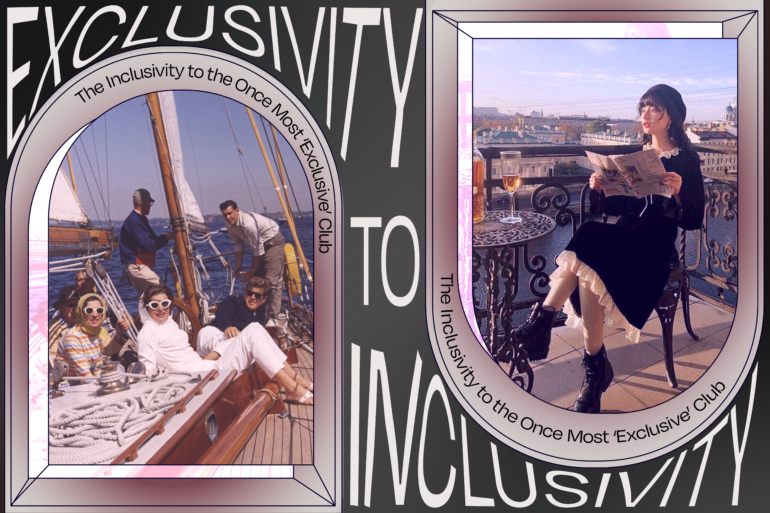Gen Z and millennials are reviving an ‘old money’ aesthetic. Yes, you heard me. Prep is back, and it’s bigger than ever. Think country clubs, WASPy dinner parties, and summer sailboat vibes.
Over the past year, Gen Z and millennials have cultivated an “old money” aesthetic that almost romanticizes the aristocratic upper-crust lifestyle. A certain form of privilege that is untouchable for many. With the gossip girl reboot airing this year, there has been a giant push towards prep and the academia aesthetic.
Gen Z has plastered Ralph Lauren campaign ads from the ’90s and vintage tennis photos all over TikTok and Instagram. Oxford shirts, tennis skirts, and tweed blazers are taking over social media.
The rise of the old money aesthetic is a tale of aspiration, but it is a desire for nostalgia at its roots. In some ways, it is a rejection of the casual, new money looks of the 2010s, on display both by Instagram influencers and the hoodie-wearing millennial billionaire class. In other ways, it’s a practical consequence of how a supply shortage and a lockdown changed the economy in ways that will be permanent.
No one really uses that word much anymore, but I’ve started to see its descendants creep up on TikTok, Pinterest, and Instagram over the past several years. It goes by different monikers online, sometimes categorized as dark academia (or light academia if it’s a picture of a sunny setting), the WASP look, or the socialite lifestyle, but the descriptor I see most often is “old money aesthetic.”
What’s different this time around, as opposed to the years, is that there are people who are providing context about the less Pinterest-friendly history of prep and entrenched wealth on the very same platforms where it’s spreading. Social media has helped change that: On TikTok, for example, the popular history and film account @deadhollywood made a recent video about how actually the trappings of the leisure class are “the peak of white supremacist fashion, not rednecks and camo.”
“This style is the absence of flesh, the absence of Blackness, the absence of extravagance. And that’s why it’s so goddamn boring,” she explains. “It particularly relies on white women’s thinness and gentility and elegance in contrast with the fleshy, maternal, nonsexual but overly sexual body of the Black woman.”
I like to believe it has come a long way from that. All, including people of color and the queer community, have embraced what was once a conservative trend. More than that, though, the old money aesthetic seems to me like a pendulum swing against the general displays of wealth in society today.
Shiny Rolexes and Louis Vuitton bags may have been the items of choice over a decade ago, but Gen Z is less about labels and logos and more about what a certain aesthetic evokes.
Words by Rhea Gupta.
Graphic by Fai McCurdy.

